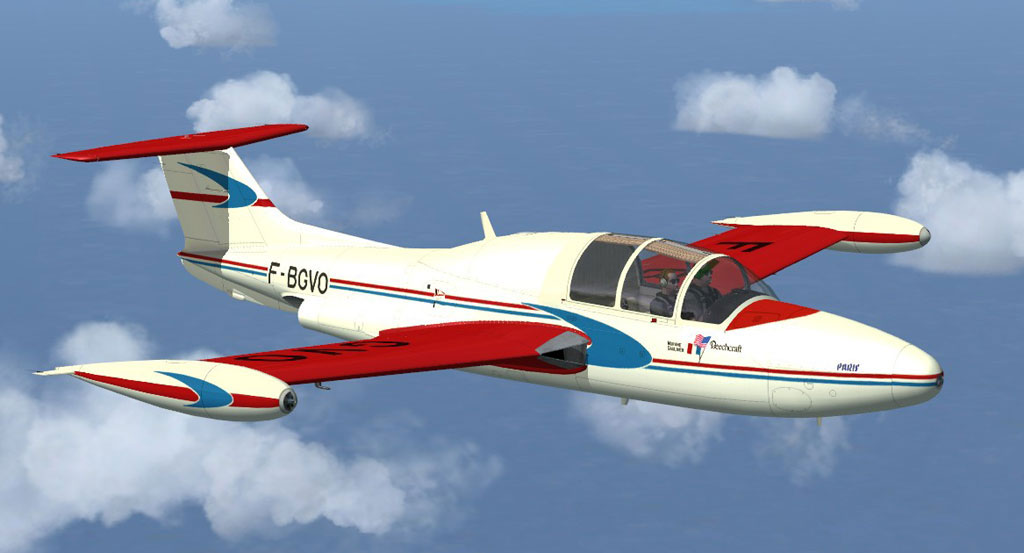Crash of a Beechcraft C18S in Fairfield: 4 killed
Date & Time:
Nov 15, 1964 at 1339 LT
Registration:
N39Q
Survivors:
Yes
Schedule:
Fairfield - Fairfield
MSN:
6951
YOM:
1944
Crew on board:
2
Crew fatalities:
Pax on board:
3
Pax fatalities:
Other fatalities:
Total fatalities:
4
Circumstances:
The crew was completing a local demo flight at Fairfield-Caldwell Wright-Essex County Airport. On final approach, the captain decided to make a go around for unknown reason. Doing so, the twin engine airplane lost height, struck power cables and crashed in flames short of runway threshold. A pilot was seriously injured while four other occupants were killed.













